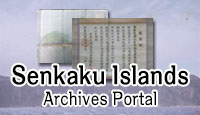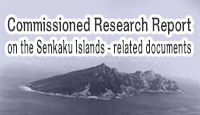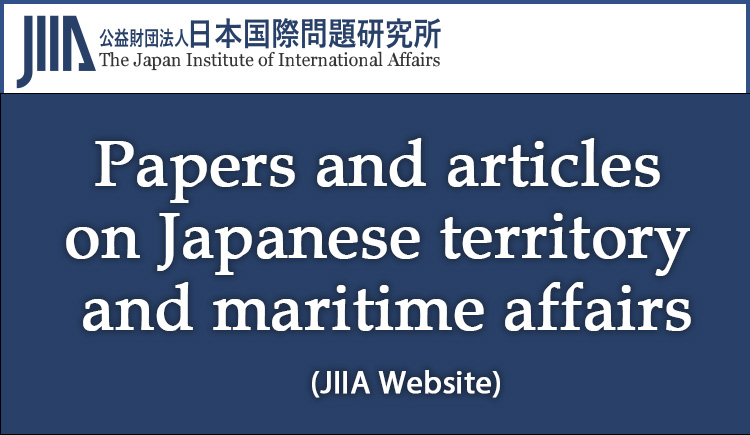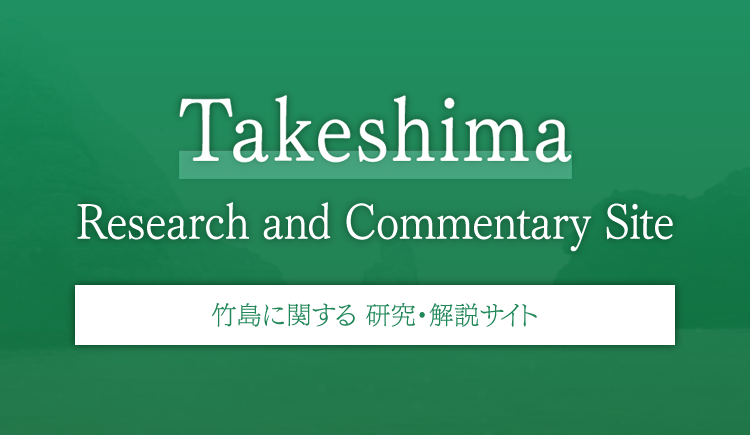The documents and materials published on this website were collected, researched, and prepared with advice from experts, as a part of a Government-commissioned project. The contents of this website do not reflect the views of the Government. Links to external sites (domains other than https://www.cas.go.jp) are not under the management of this site. For linked websites, please check with the organization/group that manages the website for the link in question.
Commentary on themes by historical period
Classification by historical periods V
Developments before and after the Okinawa Reversion (Around 1972)
(1) Measures to deal with illegal entry into the Senkaku Islands
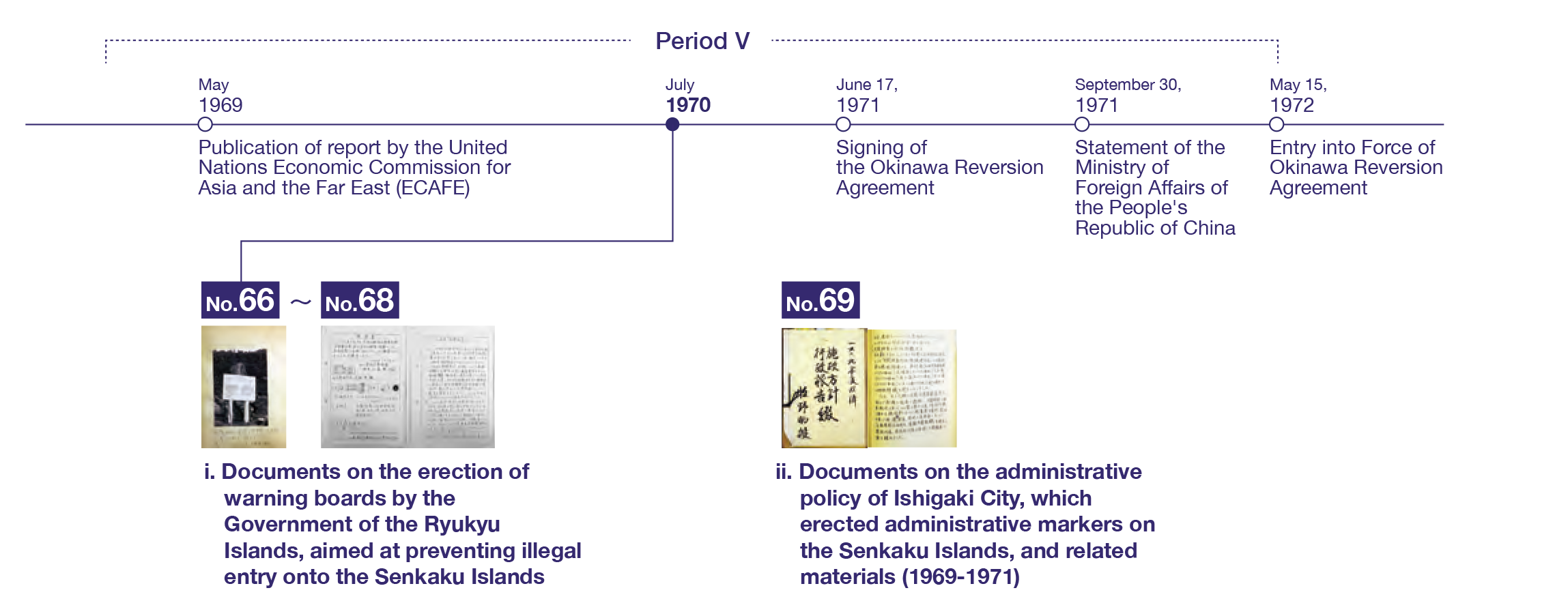
i. Measures to tackle illegal entry by the Taiwanese, including the erection of warning boards
The start of the 1960s saw growing interest by the international community in the seabed resources in the East China Sea. The Senkaku Islands, which are scattered on the margin of the continental shelf in the East China Sea, attracted widespread public attention in 1968. At the same time, illegal entry to the Senkaku Islands by the Taiwanese became a problem, and measures to deal with their illegal entry were put in place, including a joint survey carried out by USCAR and the Government of the Ryukyu Islands from August 12 to 13, 1968. Before then, Japan and the U.S. had concurred on moving forward on Okinawa reversion negotiations as soon as possible at the Japan-U.S. summit meeting held in November 1967.
In September 1968, USCAR proposed to the Government of the Ryukyu Islands that warning boards should be put up to provide notification that authorization is required to enter the Senkaku Islands, as an effective measure against illegal entrants. The warning boards were erected by the Immigration Agency, Government of the Ryukyu Islands, on the five islands of Senkaku (Uotsuri, Kitakojima, Minamikojima, Kuba, and Taisho Islands) in July 1970.
As a result of our research into documents related to the erection of the warning boards, we have found a collection of photographs showing their erectionNo.66, the official report submitted by Immigration Agency officials thereafter
No.67, as well as memoirs and journals of officials from the Yaeyama Regional Public Works Office who participated in the related work.
No.68
ii. Erection of administrative markers and warning boards
In May 1969, Ishigaki City erected a marker on each of the five islands of Senkaku, clearly indicating that the Senkaku Islands were administrative districts of the City. At the same time, it also erected a cenotaph for the Ishigaki's evacuees to Taiwan who had perished on Uotsuri Island toward the end of WWII (1945).
In our research, we have confirmed that reports pertaining to the erection of administrative markers and the memorial monument were found among administrative reports by Ishigaki CityNo.69.
Summary: At the end of the 1960s, the Government of the Ryukyu Islands took counter measures against illegal intruders on the Senkaku Islands in consultation with USCAR. Around the same time, groups from mainland Japan began conducting surveys on the islands. It is only since the 1970s that China and Taiwan began their own assertions over the Senkaku Islands against the backdrop of potential oil resources in the waters around the islands.
Senkaku Islands
Research and Commentary Site
- I Comprehensive issues
- II Commentary on themes by historical period
- III Analysis of claims by other countries

